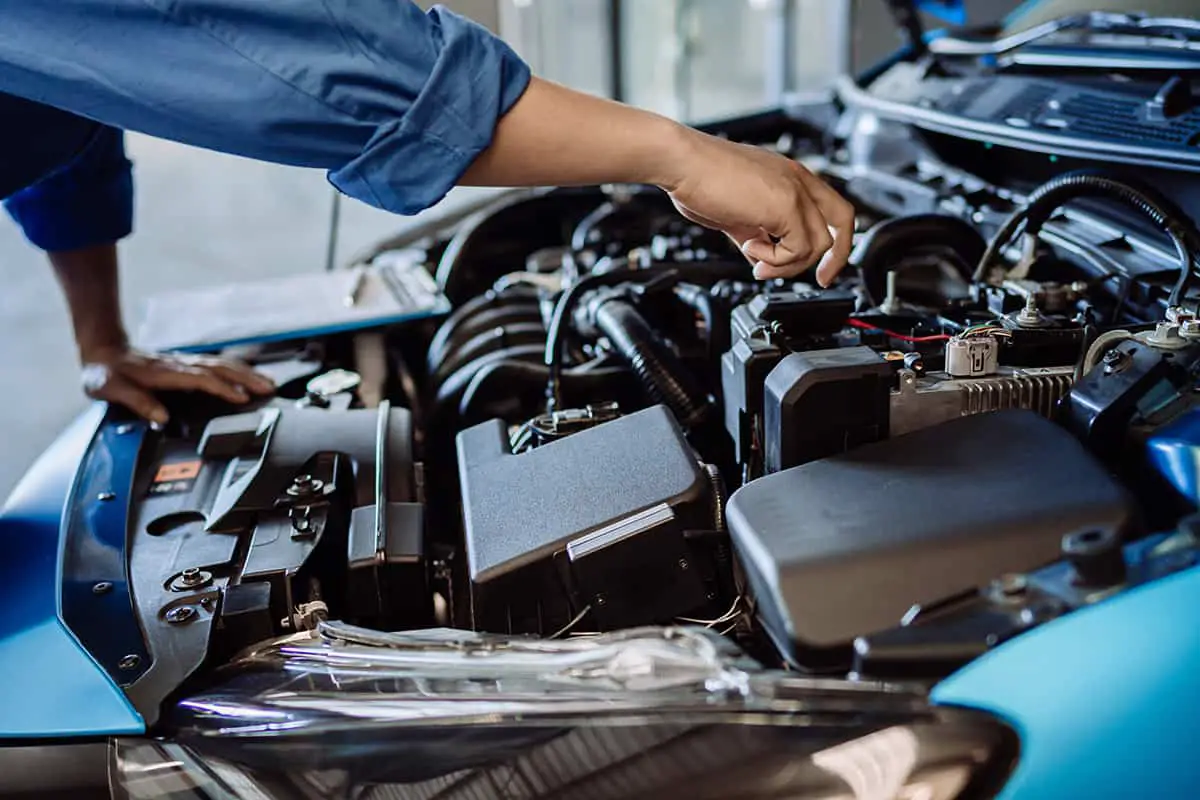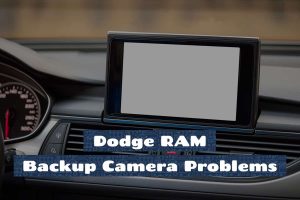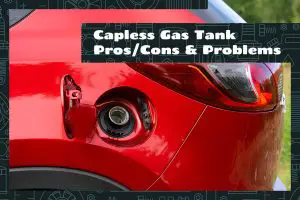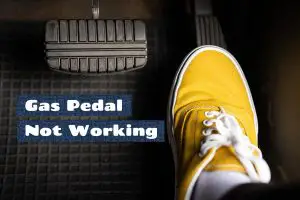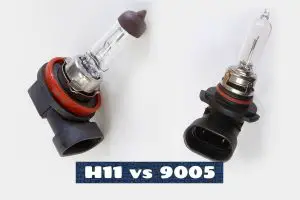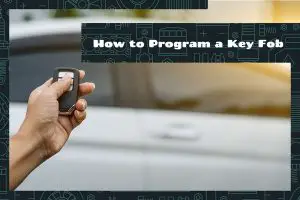Keeping up with routine maintenance is crucial to the smooth operation and long life of your Subaru Outback. Maintaining your Outback on a regular basis will help you spot small problems before they balloon into costly catastrophes.
In this guide, we’ll go over everything that needs to be done to keep your Outback running smoothly. Whether you’re a seasoned mechanic or just getting started, you’ll find everything you need to know about maintaining your vehicle on this checklist. Always keep in mind that regular maintenance is necessary to keep your Outback in top shape.
Subaru Outback Regular Maintenance Checklist
This refers to DIY maintenance checks that you should do on a daily, weekly, or bi-monthly (every 2 weeks) schedule.
Daily
1. Inspect tire condition
Before setting out on a trip, it’s a good idea to check the condition of your tires by taking a quick stroll around your vehicle. Look for tears or rips, as well as any punctures like nails or shards of glass, abnormal lumps from trapped air, or rips.
2. Inspect the front windshield
Make sure you inspect your windshield for any new chips, as these could easily spread and cause a crack if left unchecked. Resin repairs for chips are less expensive than a full windshield replacement and can be carried out by drivers on their excess. The windscreen must be replaced if it develops cracks, which will continue to grow in size over time.
Weekly
1. Inspect front and rear lights
You should double-check that your car’s headlights, main beam, brake lights, reverse lights, and indicators all work properly and are properly aligned. There should be no cracks in the lenses, so examine them as well.
2. Add coolant if necessary
Check the water coolant level regularly; if it drops too low, the engine could overheat. Once the engine has cooled down after being turned off, only then should this be checked. Ideally, the water coolant levels would fall somewhere in the middle of the minimum and maximum marks. When it drops too low, just add more water.
3. Add windshield wiper fluid if necessary
You should always have enough washer fluid in the bottle to keep the windshield clean. Make sure the jet nozzles are clear by testing them. Then get those fixed as soon as possible if they are.
Bi-monthly
1. Check oil levels
The engine’s internal components stay at a safe temperature thanks to the oil that circulates through them. When inspecting the dipstick, the oil level should fall within the specified parameters. Extra oil can be added if necessary. Get an oil change if the oil is black and smudges easily.
2. Check tire pressure and treads
Tires with incorrect pressure have a higher chance of skidding and wearing unevenly. Tire pressure can be checked at any gas station or with a quality pressure gauge at home. For information on optimal tire pressure for your car, consult the owner’s manual. Tread depth must be at least 1/16 of an inch to comply with regulations.
3. Inspect brakes
The brakes are notoriously difficult to visually inspect, so be on the lookout for any strange sounds, such as grinding or squeaking, when you apply the brakes. The presence of these noises or a spongy brake pedal could be an indication that your brakes need to be replaced. Checking these out at your local mechanic is highly recommended.
Scheduled Maintenance Checklist
Here, you’ll need to get your Subaru Outback inspected by a trained mechanic based on how many miles you’ve driven.
- Replace engine oil every 6,000 miles
- Replace the engine oil filter every 6,000 miles
- Rotate tires every 6,000 miles
- Replace the HVAC system and AC filter every 12,000 miles
- Check clutch operation every 12,000 miles
- Check brake lines every 12,000 miles
- Service brake systems every 12,000 miles
- Check the disc brake pad every 12,000 miles
- Check front and rear axles and joints every 12,000 miles
- Check steering and suspension every 12,000 miles
- Replace the oil drain plug gasket every 24,000 miles.
- Replace the air cleaner element every 30,000 miles
- Check fuel systems, lines, and connections every 30,000 miles
- Replace brake fluid every 30,000 miles
- Check the drive belts every 30,000 miles
- Check power steering fluid every 30,000 miles.
- Check fluid levels, lines, and connections every 30,000 miles
- Check the cooling system, hoses, and connections every 30,000 miles
- Check CVT fluid every 30,000 miles starting from 36,000 miles
- Check wheel bearing every 60,000 miles
- Replace spark plugs every 60,000 miles
- Replace the fuel filter every 72,000 miles.
How Long Does a Subaru Outback Last?
A Subaru Outback will last for up to 300,000 miles, which is roughly 15 to 20 years of use for the average driver. Of course, the lifespan of your Subaru Outback will depend on how erratically you drive it, how frequently or infrequently you get it maintained, and so on.
Do Subaru Outbacks Have a Good Resale Value?
According to Kelley Blue Book, the 2022 model years for the Subaru Crosstrek, Subaru Forester, and Subaru Outback retain the most value after 3 years, 5 years, and 7 years of ownership. That’s not to say your old Outback won’t drop in value over time, especially if you don’t take proper care of it.
How Often Should You Replace Subaru Outback Battery?
The battery in a Subaru Outback will usually last between 3 and 5 years. Again, there are other factors to consider, including the size of the battery and your driving habits. It’s usually a good idea to get the battery checked every 6 to 12 months.
How to Fix Faulty Infotainment System
The infotainment system in your Subaru Outback is connected to the SUV’s electrical system, which may require a professional’s touch to fix. That said, you can try going through the owner’s manual to diagnose and possibly fix minor issues.
Sometimes, a simple update is enough to restore the infotainment system to working order. Simply turn the car on, connect it to your home’s Wi-Fi, open the general settings screen, and tap on Check for Updates. If a software update window appears, click the download button and install it when it’s ready.
